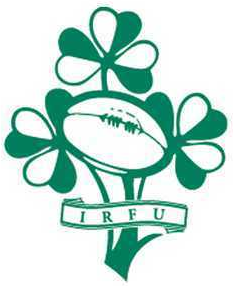From Chapter 16 "The implementation of the process model of writing most often founders on the rocks of evaluation; teachers who enthusiastically experiment with a wide variety of assorted pre-writing and revision activities balk when invited to try out a similarly broad selection of evaluation strategies. We English teachers to believe that there is really only one right way to evaluate student writing, and this profoundly self-limiting idea is the subject of the next few pages."
English teachers tend to use the red pen as the weapon of choice when grading essays and research papers. The trend the past was to use the red pen as a way to highlight the mistakes and voice comments of the teacher, now it seems to be barbaric to use a red pen to a student's self- esteem.
" As writing teachers we don't usually notice how obessed we are with evaluation. But others notice. To us it seems normal and responsible to spend twenty or thirty or forty hours a week of out-of-class time correcting kids' papers."
Teachers feel the need to correct a student's paper is needed to give them information to help them and able to find the mistakes in the paper with red to POINT out the incorrect grammar.
"Indeed, it is only in the mechanics or surface features of writing that perfection is unabashedly upheld as an appropriate goal for the evaluation of teenage students. We once heard a high school English teacher announce passionately in a workshop, "i'd rather have my students write one paper a year that's 100 percent perfect than have them write hundreds of papers that have errors in them."
I agree with that statement. The teacher rather have the students to write one paper with no errors rather than a bunch with errors that even the teacher does not have time to correct them.
"But when our evaluation efforts center obsessively, punitively, perfectionistically upon the mechanics of writing, we push meaning out of the center and enshrine correctness as the reason for writing. There's no surer way to make students treat writing like other pointless, arbitray school hurdles."
The focus is on just the grammar and the mechanics of writing the subject and the content of the essay and the student feels that can not get anything right.
p.211, " Obviously, students who discard their papers can never learn from whatever feedback they contain-and this common classroom event gives us a hint about why intensive marking of marking of papers is ineffective much of the time."
As a student in high school, when a paper came back with a lot of markings I just did not look at the paper much.
p.214, "In fact composition originated in American schools in the nineteenth century as a kind of fusion of four much older strands of curriculum: penmanship, spelling, grammar, and rhetoric. With the rise of industrialization and the rationalization of its attendant bureaucracies, it became much more important for many people to able to generate clear, effective, original documents and correspondence."
Back then, large importance was to get the information down and learn the craft of writing, clearly how to write, the detail orientated of how to spell and write properly and also, how to construct a an idea into an argument.




